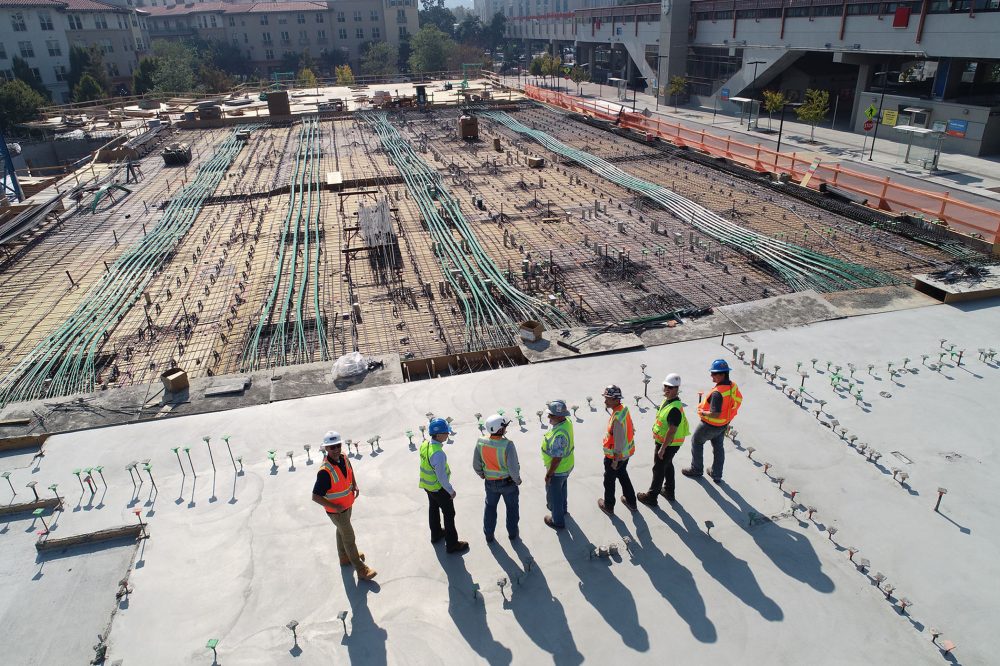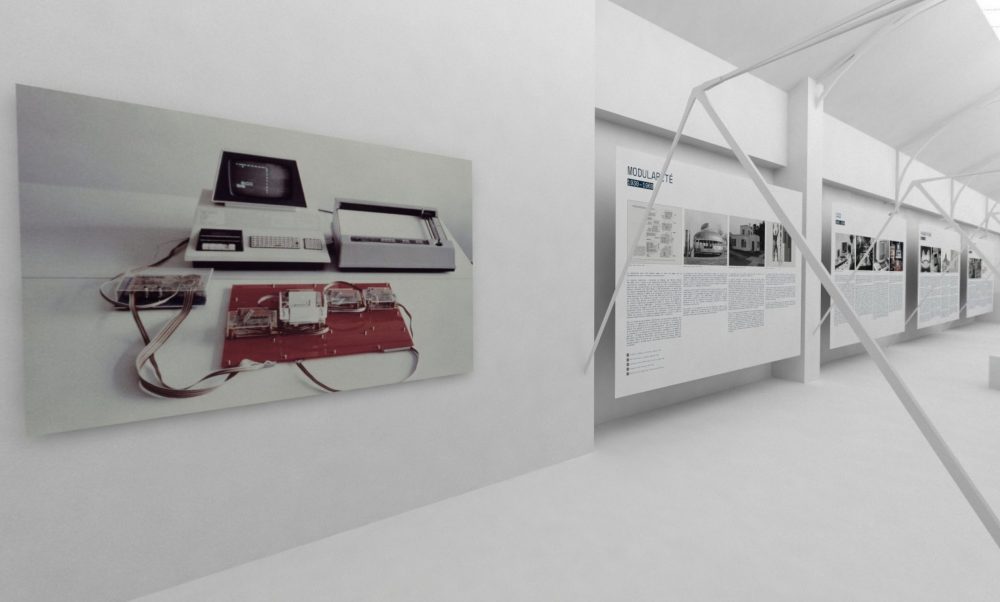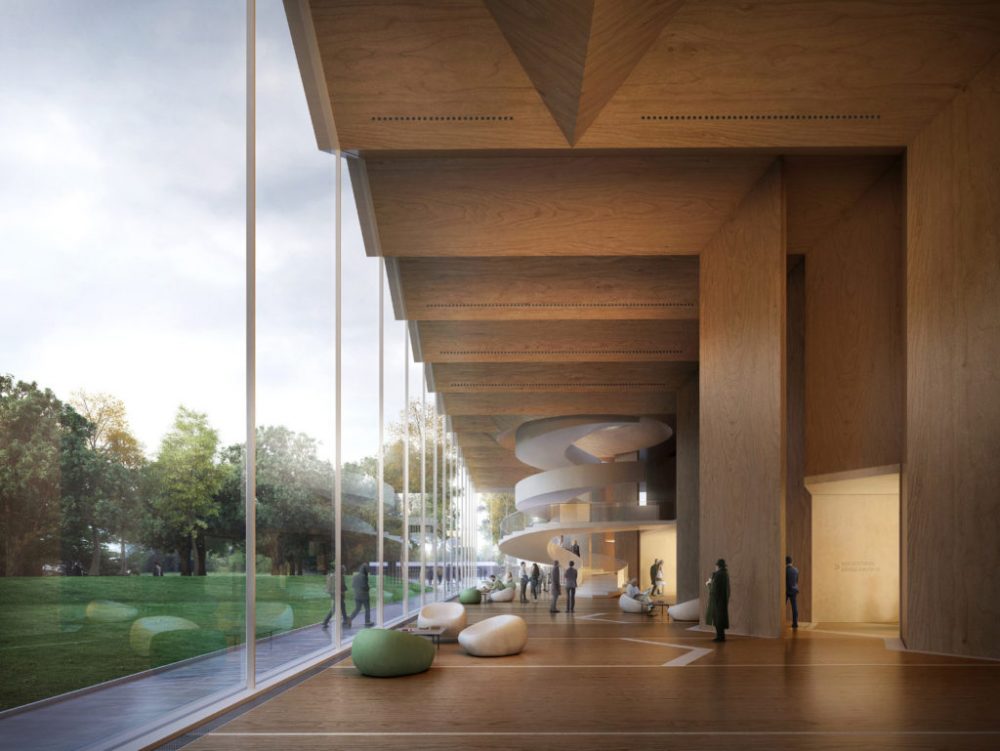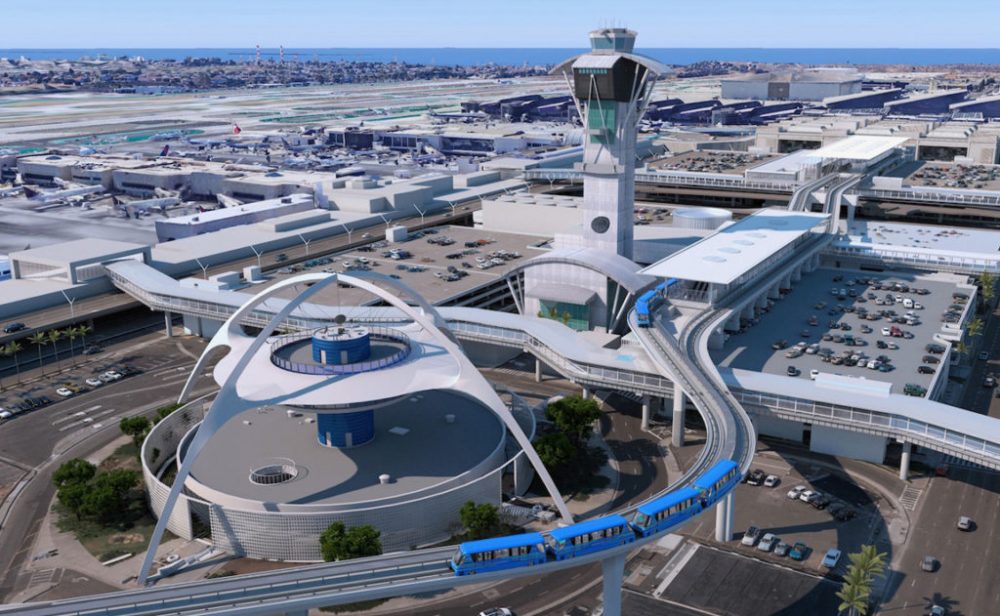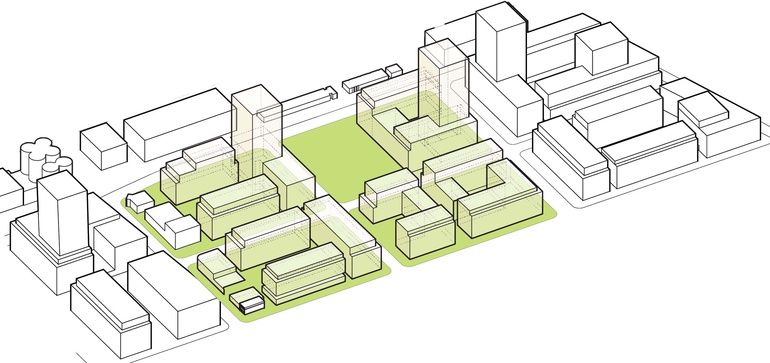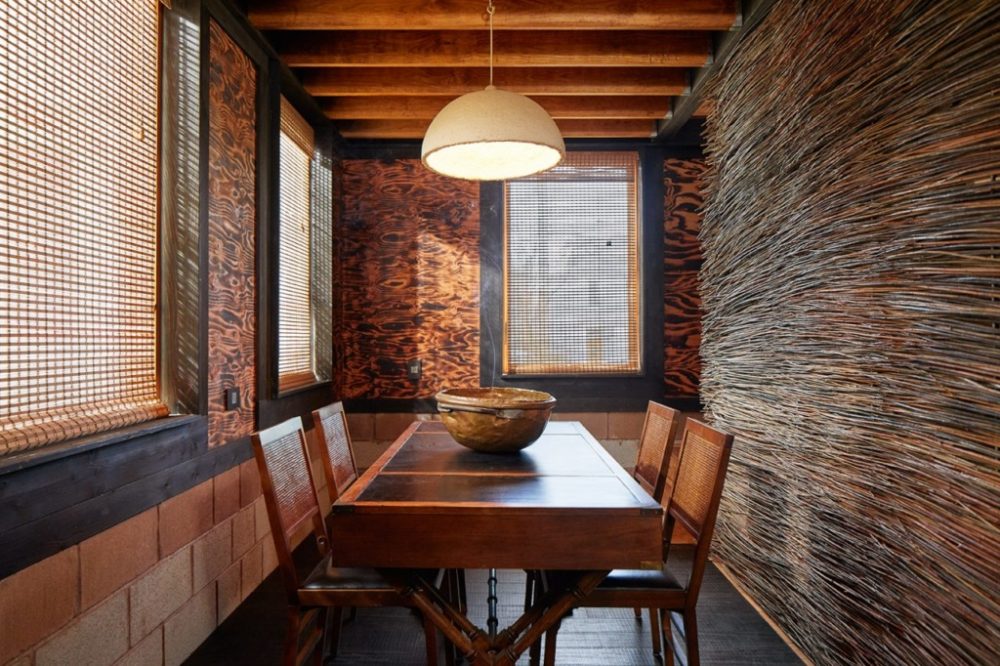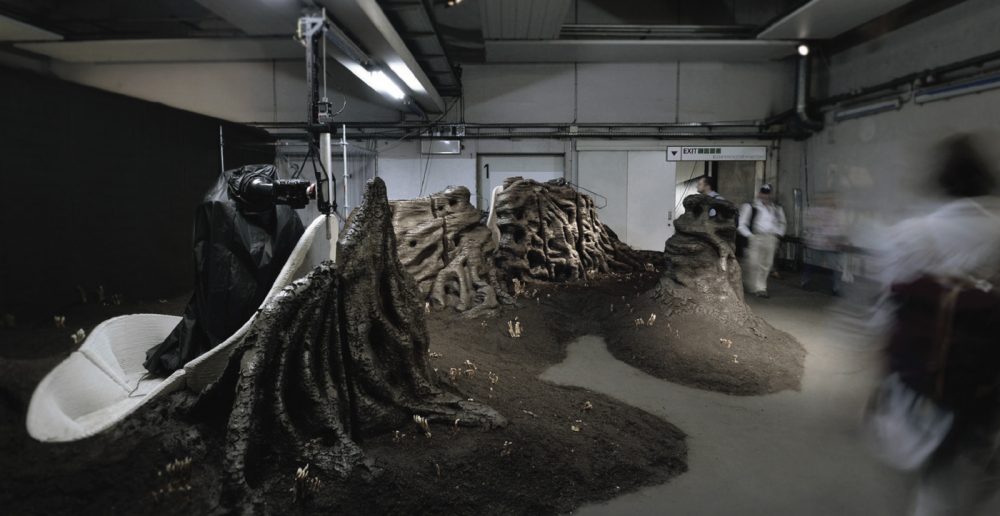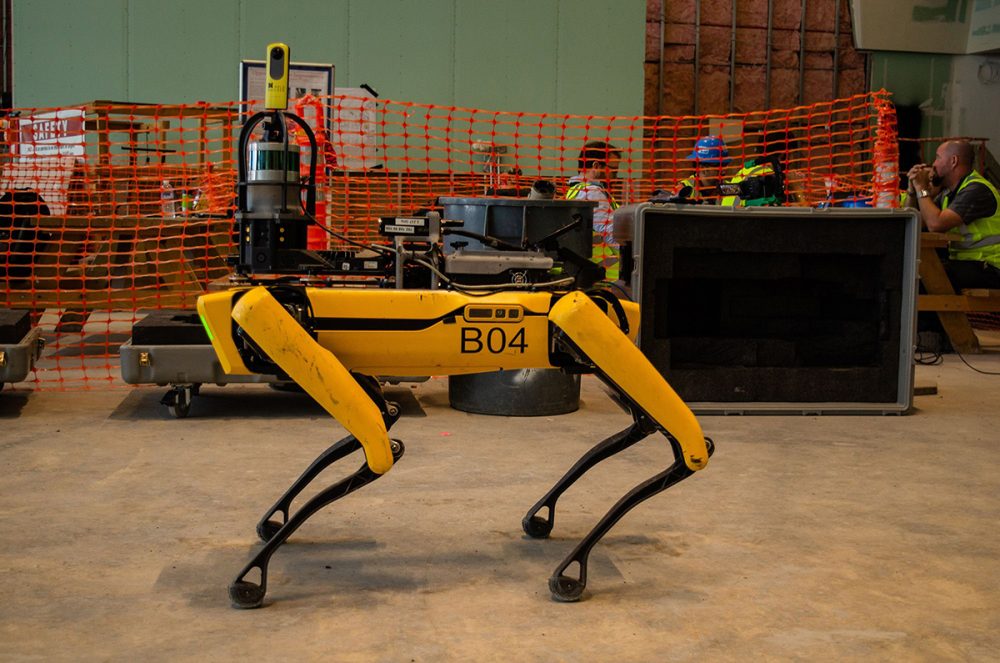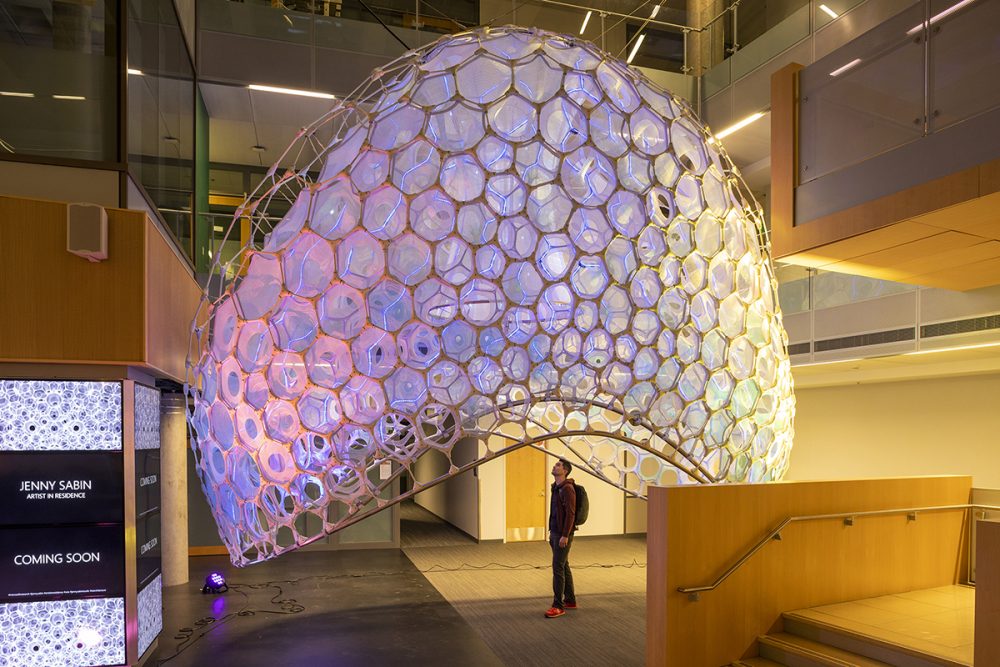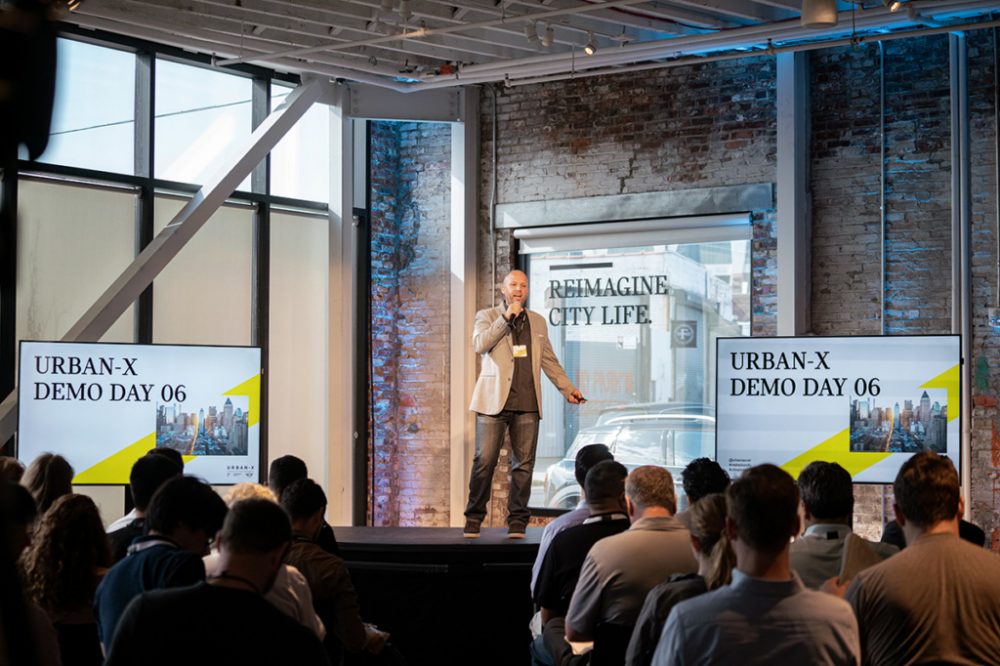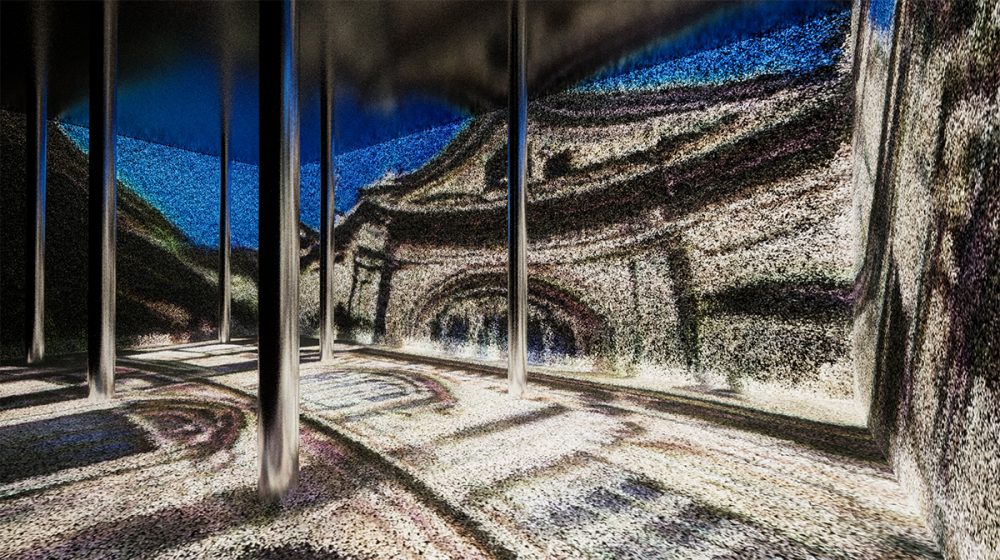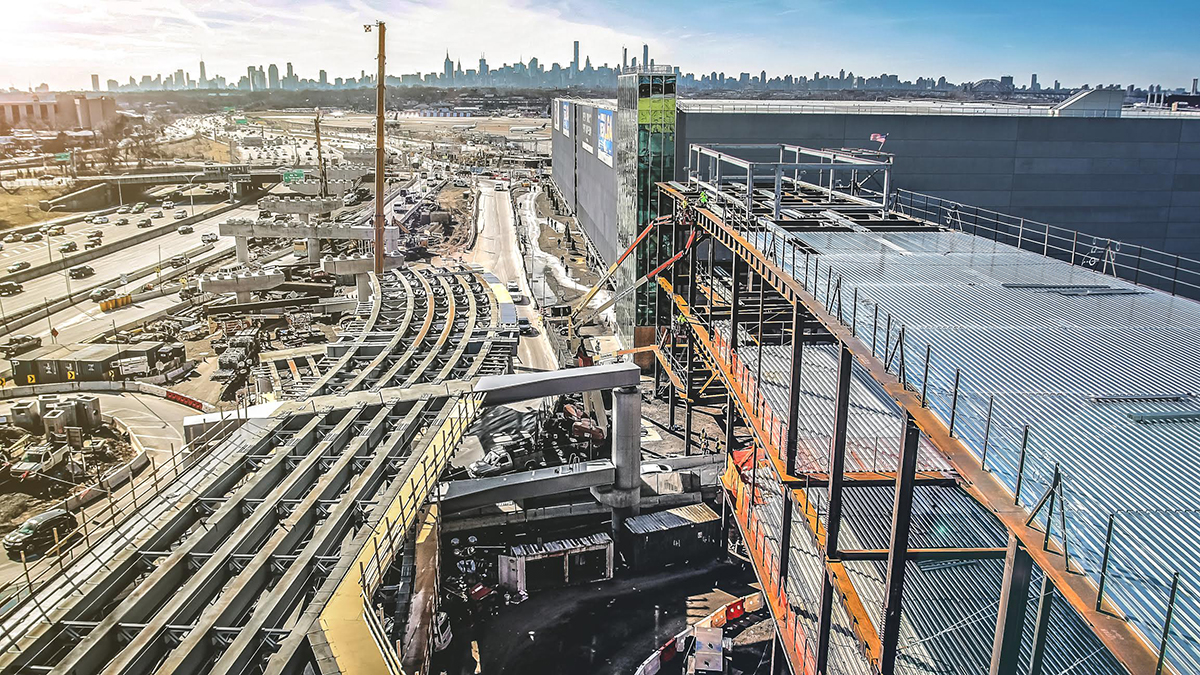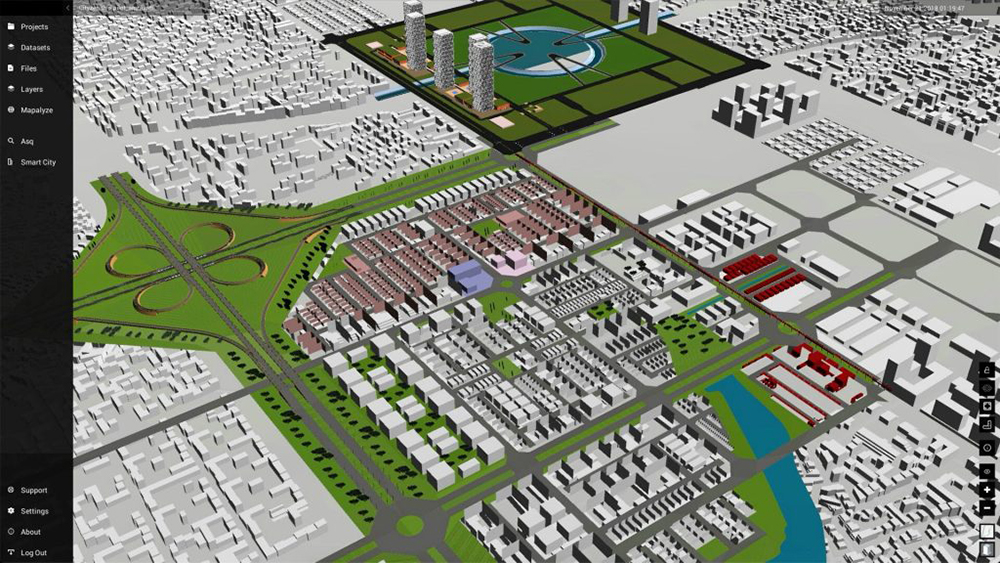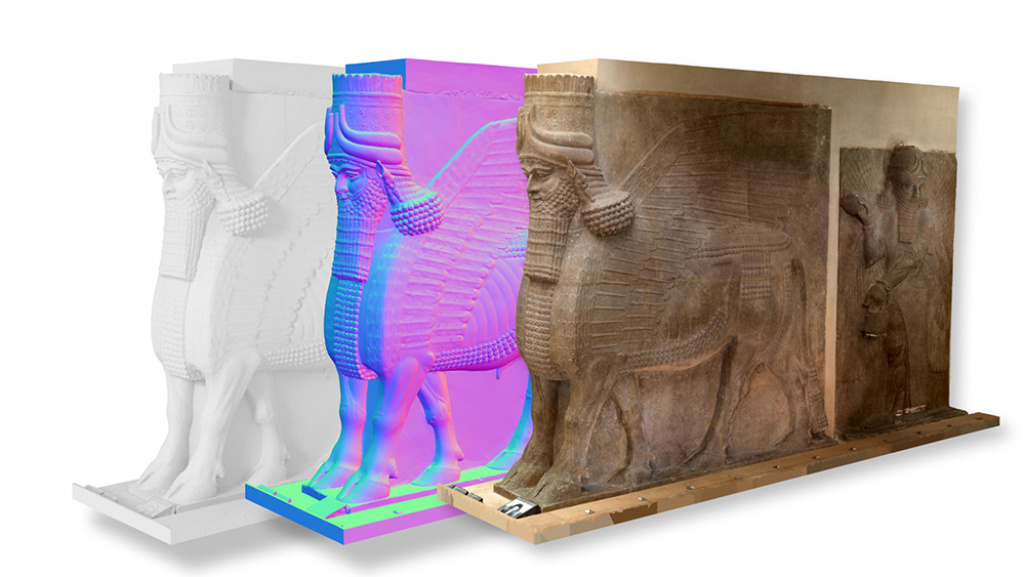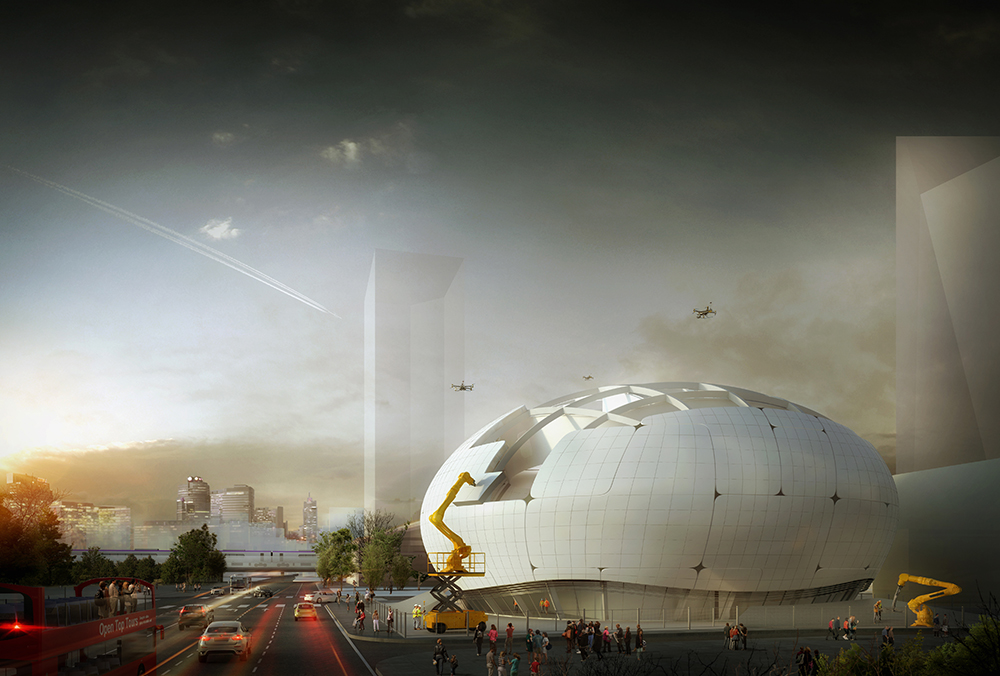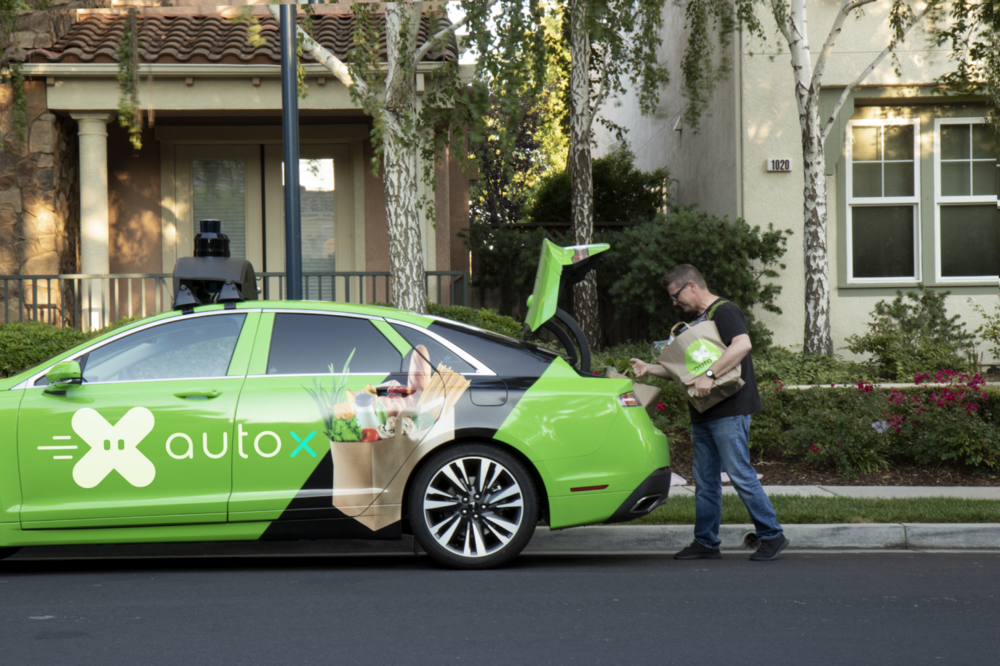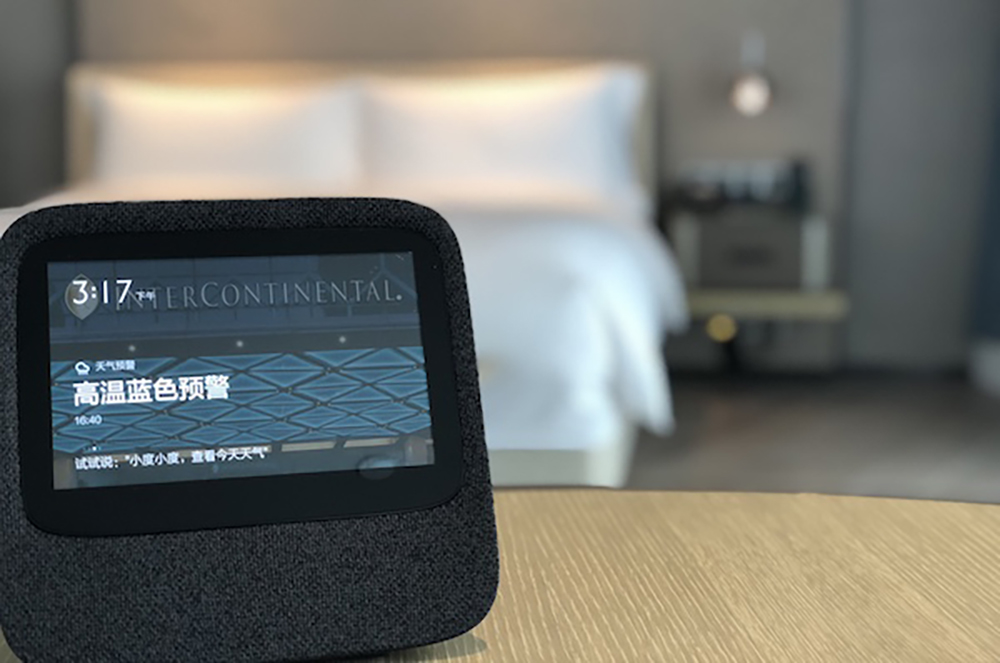With most Americans complying with nationwide stay-at-home orders enacted to reduce the spread of the novel coronavirus, a handful of states have nonetheless permitted construction sites to continue operations on “essential” projects. Site safety inspectors have therefore been left with the difficult task of ensuring that the workers they oversee are practicing all safety protocols
The Pavillon de L’Arsenal (Arsenal Pavilion), an exhibition space dedicated to architecture and urbanism in the 4th arrondissement of Paris, is currently closed to the public to reduce the spread of the novel coronavirus. One of its current main exhibitions, however, seems to have been born for the internet in anticipation of the pandemic. Artificial Intelligence
Every so often, the field of architecture is presented with what is hailed as the next “miracle building material.” Concrete enabled the expansion of the Roman Empire, steel densified cities to previously unthinkable heights, and plastic reconstituted the architectural interior and the building economy along with it. But it would be reasonable to question why
On February 6, The TECH+ Expo transformed the second floor of Los Angeles’s Line Hotel into a showcase of the latest innovations in architectural technology. But rather than exhibiting 3D printers, robot arms, and brick-laying drones, the conference highlighted products designed to streamline design research, project delivery, and the architect-to-client relationship. Chief executive officer of BQE Software, Steven Burns, provided
Without a suspicious eye or an advanced degree in software engineering, it can be nearly impossible to keep abreast of the evolving role surveillance technology has had in the law enforcement of the built environment. Biometric databanks, facial recognition cameras, cell phone trackers, and other watchful devices have been quietly installed throughout our major cities with shockingly
Sidewalk Labs, the Alphabet subsidiary focused on urban technology, has been working on a new software tool for generating optimized city layouts. In an effort to combat the disconnect between various stakeholders in the urban planning process—architects, planners, engineers, and real estate developers—and their software, product manager Violet Whitney and designer Brian Ho have created
The Architect’s Newspaper has granted its 2019 Best in Design Awards to a number of standout projects, with the TWA Hotel refresh coming out on top as the Building of the Year. AN also recognized the best uses of innovative materials, digital fabrication, and other tech-forward AEC innovations this past year. In Research, LAMAS’s Delirious
The presentations and activities at this year’s ACADIA (Association for Computer Aided Design in Architecture) conference gave attendees a glimpse of potentially disruptive technologies and workflows for computational architectural production. The conference was held this year in Austin from October 12 through 14 and was organized by The University of Texas School of Architecture faculty members Kory Bieg, Danelle Briscoe, and
Reality capture has revolutionized construction by increasing job site efficiency and safety and allowing for quick responses to design and building challenges. However, save for the use of drones, often operated by humans, on-the-ground monitoring has required the relatively traditional (and labor-intensive) task of walking around and taking photos and collecting data to feed into
At Microsoft’s Redmond, Washington, campus, architect Jenny Sabin has helped realize a large-scale installation powered by artificial intelligence. Suspended from three points within an atrium, the two-story, 1,800-pound sculpture is a compressive mesh of 895 3D-printed nodes connected by fiberglass rods and arranged in hexagons along with fabric knit from photoluminescent yarn. Created as part
This past Thursday, URBAN-X hosted its sixth demo day in Brooklyn at A/D/O, where startups that were showing what Micah Kotch, the startup accelerator’s managing director, called “novel solutions to urban life.” URBAN-X, which is organized by MINI, A/D/O’s founder, in partnership with the venture firm Urban Us, began incubating urban-focused startups back in 2016.
ARTECHOUSE, a technology-focused art exhibition platform conceived in 2015 by Sandro Kereselidze and Tati Pastukhova, has been presenting digitally inspired art in Washington D.C. and Miami. Now they’re coming to New York, “a clear next step for [their] mission,” with an inaugural exhibition by Refik Anadol. The Istanbul-born, Los Angeles-based Anadol is known for his
Construction remains one of the most dangerous careers in the United States. To stop accidents before they happen, construction companies are turning to emerging technologies to improve workplace safety—from virtual reality, drone photography, IoT-connected tools, and machine learning. That said, some solutions come with the looming specter of workplace surveillance in the name of safety,
In Jorge Luis Borges’s 1946 one-paragraph short story “On Exactitude in Science,” a fictional 17th-century individual, Suarez Miranda, tells of a time that the “Cartographers Guilds” made a map of their empire so accurately that it matched it entirely, at 1:1 scale, point by point. Of course, this map was utterly useless. This meditation on
Now active in over 30 countries around the world, French startup Iconem is working to preserve global architectural and urban heritage one photograph at a time. Leveraging complex modeling algorithms, drone technology, cloud computing, and, increasingly, artificial intelligence (AI), the firm has documented major sites like Palmyra and Leptis Magna, producing digital versions of at-risk sites at
The soon-to-be-built Robot Science Museum in Seoul, South Korea, will be a robotics exhibition itself. The museum, to be designed by Turkish firm Melike Altınışık Architects (MAA), will be built by robots when construction begins next year. In this way, the construction of the building itself will be the museum’s “first exhibition,” according to principal
Imagine a world where artificial intelligence tracks your every movement. A world where buildings have minds of their own, learning your behaviors, and collecting data from you as you come and go. While existing technology has not yet reached sci-fi levels, a visit to an Amazon Go grocery store can offer you a peek into this possible future of retail
From Amazon Go to Walmart’s Alphabot, grocery retail is being significantly disrupted by the fast-evolving technologies of automation and artificial intelligence. Now, startup AutoX is launching an autonomous vehicle delivery service directly to households. While other companies such as Nuro and Marble are designing and operating autonomous vehicles specifically for delivery, AutoX is utilizing preexisting
The management of hotels, from general room keeping to office administration, requires scores of employees coordinated around the clock to service guests needs. Multinational-hospitality company Intercontinental Hotels Group is experimenting with artificial intelligence to streamline customer service across its hotels. In July, the company rolled out the AI hotel rooms for its Sanlitun, Beijing location,
